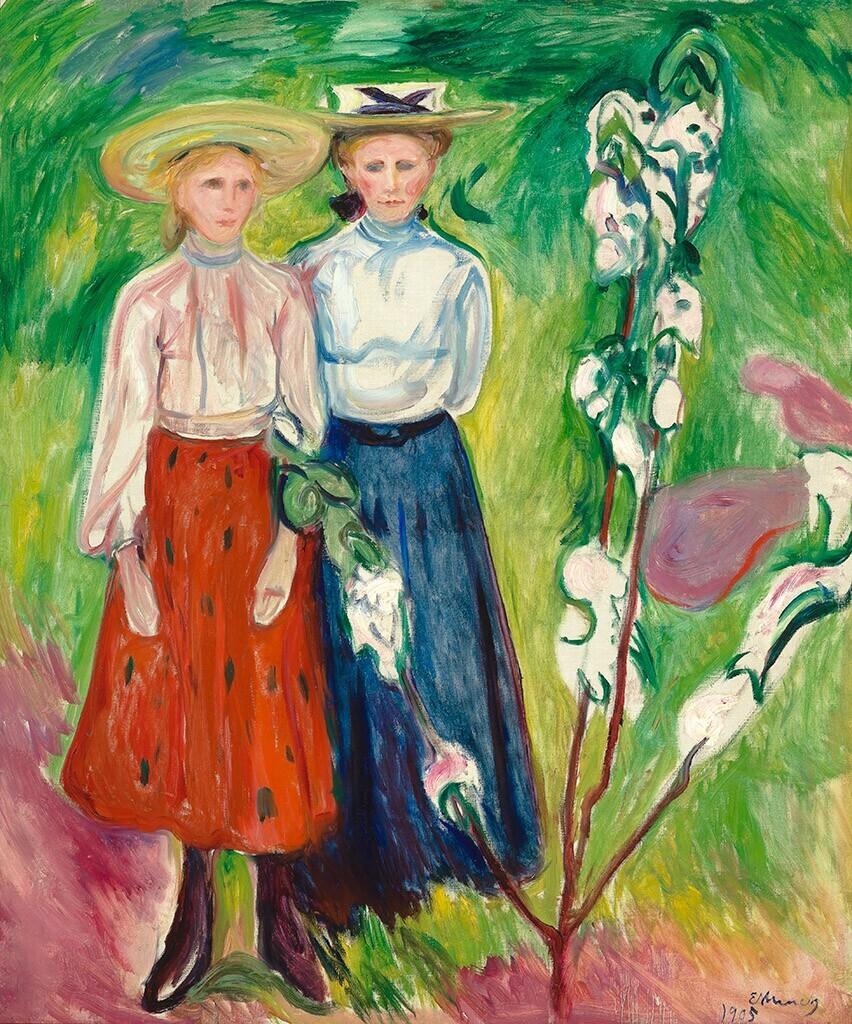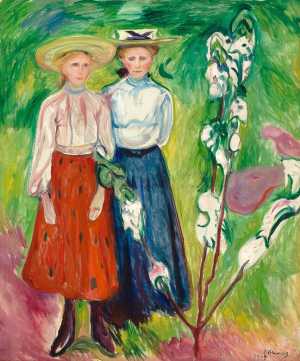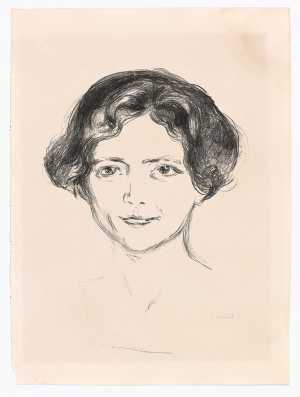Edvard Munch initially painted in a naturalist style. But his work became increasingly more expressive, inspired by trips to Paris. From 1892 to 1908, Munch lived and worked in Berlin. A exhibition of works by Munch in Berlin in 1892 was closed down, because the intensity of the works was considered too violent.
He also produced etches, lithographs and woodcuts of his paintings, and this caused a revival of wood cut in the 20th century, particularly among the German expressionists.
After 1908, Munch again lived in Norway and mainly painted landscapes and portraits. Munch bequeathed his extensive collection to the city of Oslo; in 1963, it was housed in the Munch Museum.

Edvard Munch
Løten 1863 - Ekely 1944



